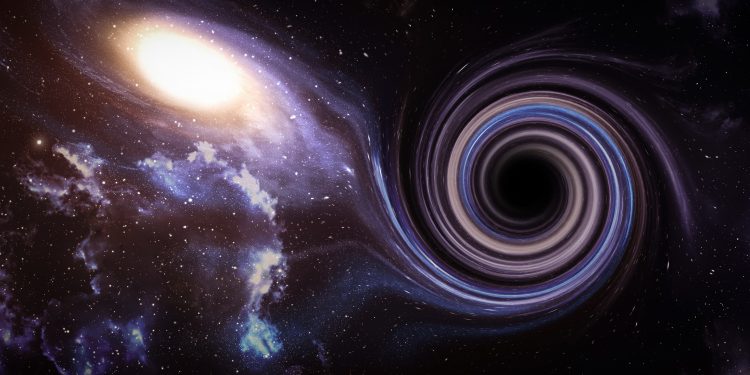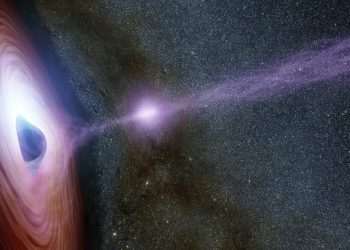The Force That Shapes Our Lives and Universe
Gravity, the force that connects objects based on their mass and causes them to fall towards Earth, is a complex and fascinating subject. It is responsible for the formation of planets and stars, and it plays a crucial role in our bodies’ functions. In this article, we will explore ten intriguing facts, shedding light on this fundamental force that governs our world.
The Evolution of Gravitational Theories: Aristotle to Einstein
Aristotle’s belief that heavier objects fall faster gave way to Galileo’s discoveries in the 16th century, showing that lighter objects fell more slowly due to air resistance. Newton later demonstrated that the force causing an apple to fall was the same force keeping the Moon in orbit around Earth. However, it was Einstein’s groundbreaking theory of general relativity in 1915 that explained gravity as a result of space-time curvature.
A Theory, Not a Law
Despite being one of the four fundamental forces in nature, gravity remains a theory. It governs the movement of planets around the Sun, holds galaxies together, and shapes the universe’s structure. While Newton’s law of universal gravitation works in most settings, modern physics uses Einstein’s theory of general relativity as the most accurate description of gravity.
Mass Determines Gravitational Force
The force of gravity depends on an object’s mass. In a vacuum, objects with different masses will fall at the same rate. For example, an iron object and a feather would fall simultaneously due to the absence of air resistance.
Earth’s Gravitational Acceleration
On Earth, objects experience a gravitational acceleration of approximately 9.807 m/s². This acceleration is represented by the letter “g” and is measured in N/kg (newtons per kilogram) or the equivalent m/s².
The Elusive Graviton: A Hypothetical Particle
The graviton, a hypothetical elementary particle theorized in the 1930s, is believed to convey gravitational interactions in quantum gravity models. Despite various theories on its existence, physicists have yet to detect any gravitons.
The Weakest Force: Gravity’s Surprising Strength
Gravity is the weakest of the four fundamental forces. The electric force between atomic particles is trillions of times stronger than their gravitational attraction. This fact explains why a fridge magnet can defy Earth’s gravity – the electromagnetic force it experiences is far stronger.
Zero Gravity and the Human Body: Adapting to Weightlessness
Weightlessness in space causes muscle atrophy and bone mass loss in astronauts. Upon returning to Earth, their bodies require time to recover and readjust to Earth’s gravity, including regaining normal blood pressure patterns.
Gravitational Waves and Massive Objects: Einstein’s Predictions Confirmed
Einstein’s theories predicted that massive objects moving through space-time would create gravitational waves. In 2016, scientists observed a black hole collision approximately 1.8 billion light-years away, confirming these predictions and validating general relativity.
Earth’s Gravity Variations: Geographic and Geological Factors
Gravity varies across Earth due to its imperfect shape and non-uniform composition. Differences in rocks, minerals, and geography directly affect gravity, causing fluctuations on Earth’s surface. For instance, gravity at the poles is different from gravity at the equator, resulting in a 0.5% increase in weight at the poles.
The Power of Fridge Magnets
Fridge magnets can defy Earth’s gravity due to the strength of the electromagnetic force, which is far greater than the gravitational force. These small magnets serve as fascinating examples of how the weakest fundamental force in physics can be easily overcome by other forces at play in our everyday lives.
A Deeper Understanding of Gravity
As we have explored in this article, gravity is a complex and essential force that shapes our lives and the universe. From its evolution as a theory to its impact on the human body in zero gravity, our understanding of this fundamental force continues to expand. As science progresses, we will likely uncover even more fascinating aspects of gravity, further enhancing our comprehension of this mysterious and influential force.











